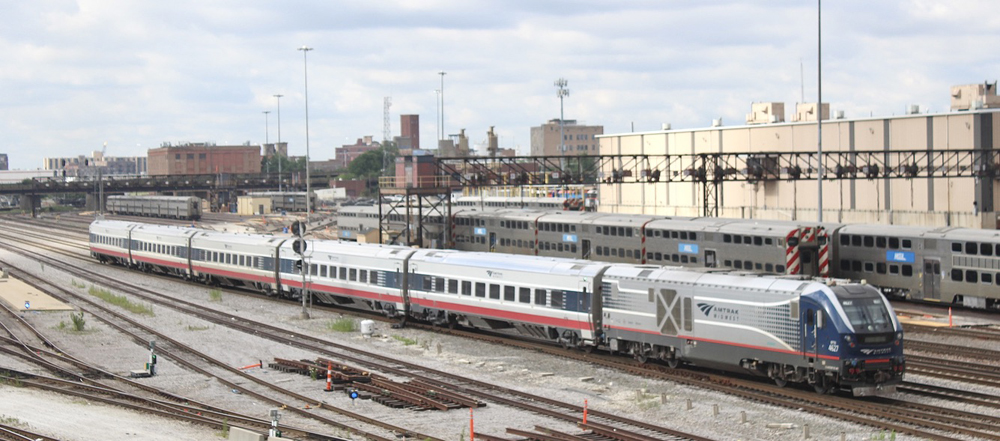
An era of transition for Amtrak’s fleet is currently taking place. Since 2013, the intercity passenger railroad has been actively introducing new locomotives, rolling stock, and trainsets – and it shows no sign of slowing down with planned additions of the Avelia Liberty and Airo equipment. While we wait for both newcomers to hit the […]
Read More…
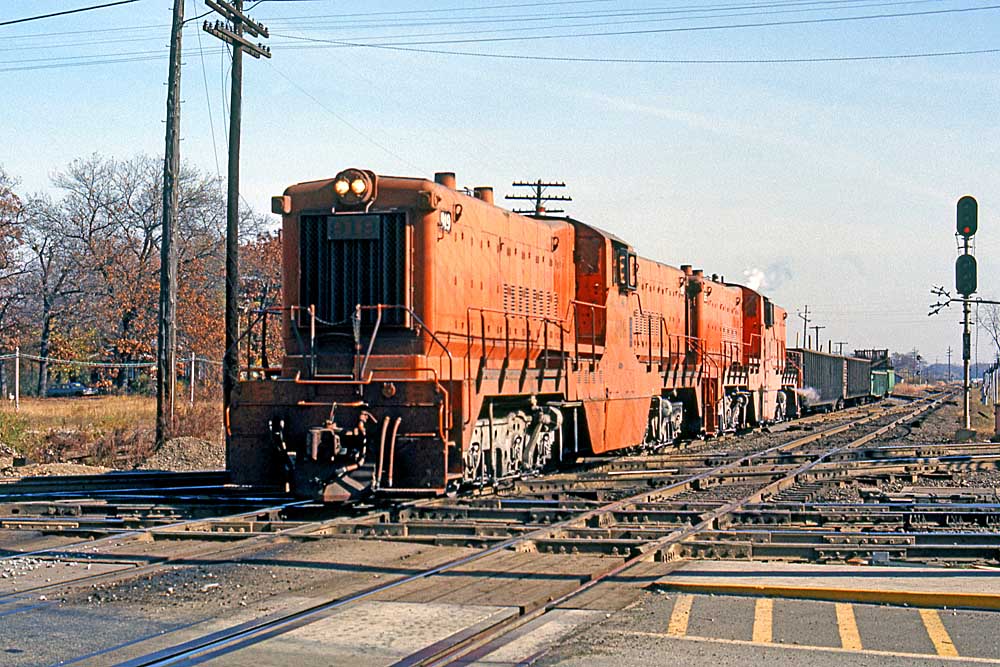
A friend asked me recently what was the first locomotive I clearly remember. The answer might be surprising: it was huge (to a 4-year-old, anyway), it was rare, it was a little scary, and it was orange. And to use the accepted sound nomenclature, it “burbled.” I’m referring, of course, to Elgin, Joliet & Eastern’s […]
Read More…
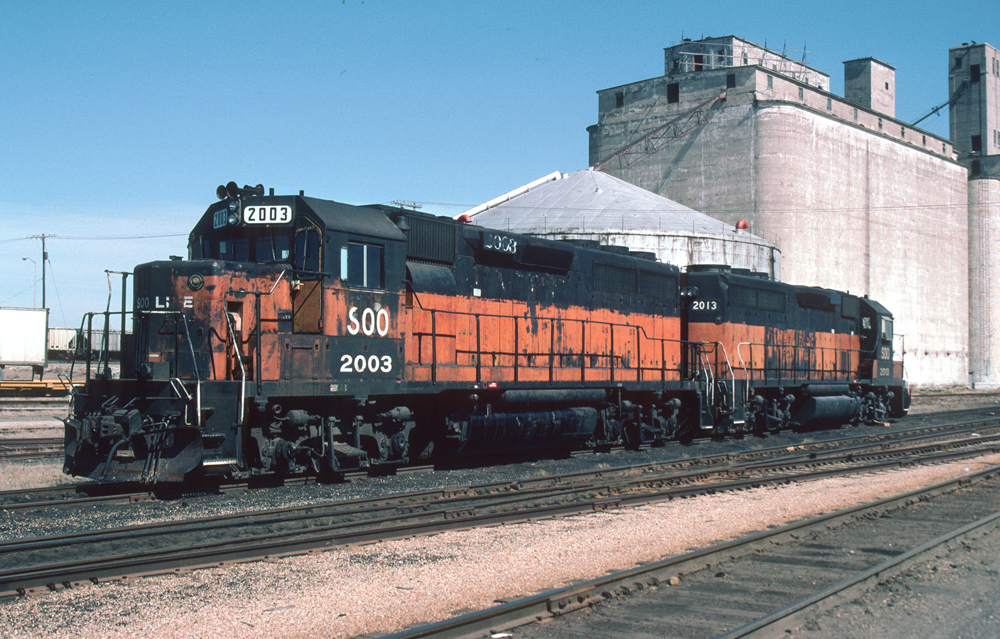
Class I ‘bandit’: Milwaukee Road painted locomotive Locomotive rosters are constantly in a state of flux. Power is being returned off lease, sold, or scrapped in house. CPKC did the latter recently with a group of locomotives stored at its St. Paul, Minn., diesel shop. The group included the last Milwaukee Road “bandit”-painted locomotive on […]
Read More…
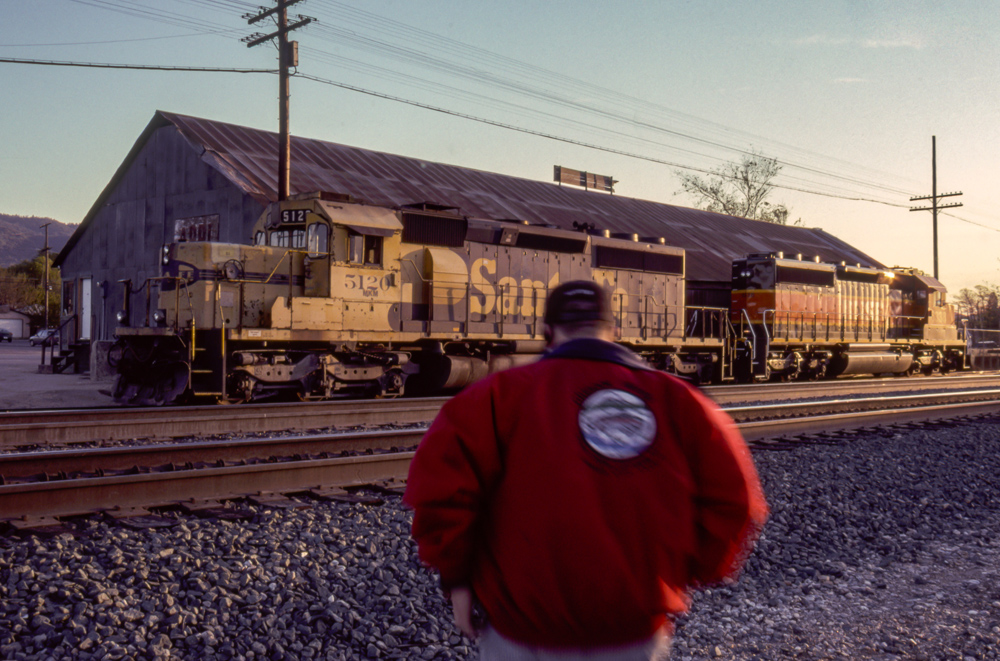
Stand by, helpers While my life is beyond the daily grind of being a working railroader, there are three things I miss: No. 1: The sound, which I can still get while out railfanning. No. 2: It took me many years as an engineer to realize I missed working as a conductor with a caboose. […]
Read More…
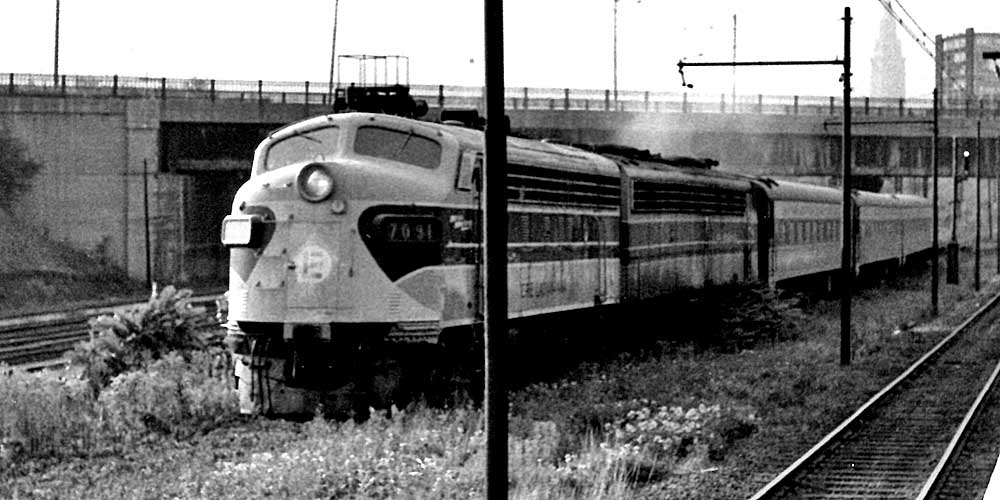
Little known outside the region, two Cleveland commuter trains closed out passenger rail service to the giant Cleveland Union Terminal. Shortly after 5 p.m. on a January day in 1977, passengers descended the only stairwell still open to track level at CUT (see Spring 2005). A single lightbulb revealed peeling paint. Wearing white shirts, navy […]
Read More…

Railroad photography The retro use of film cameras in our hobby has found a hardcore niche. If you can afford the cost of film these days and tamp down the instant gratification of shooting digital to see what you captured seconds later, you can be rewarded images echoing those from photographers past. Waiting to see […]
Read More…

Mention the word velocipede to a few folks. I bet the reaction is: “A veloci–what?” Talk to a few of your fellow train enthusiasts and they will most likely think you are describing some kind of railroad handcart. An argument could be made that they are correct. That, however, leaves out most of the interesting […]
Read More…
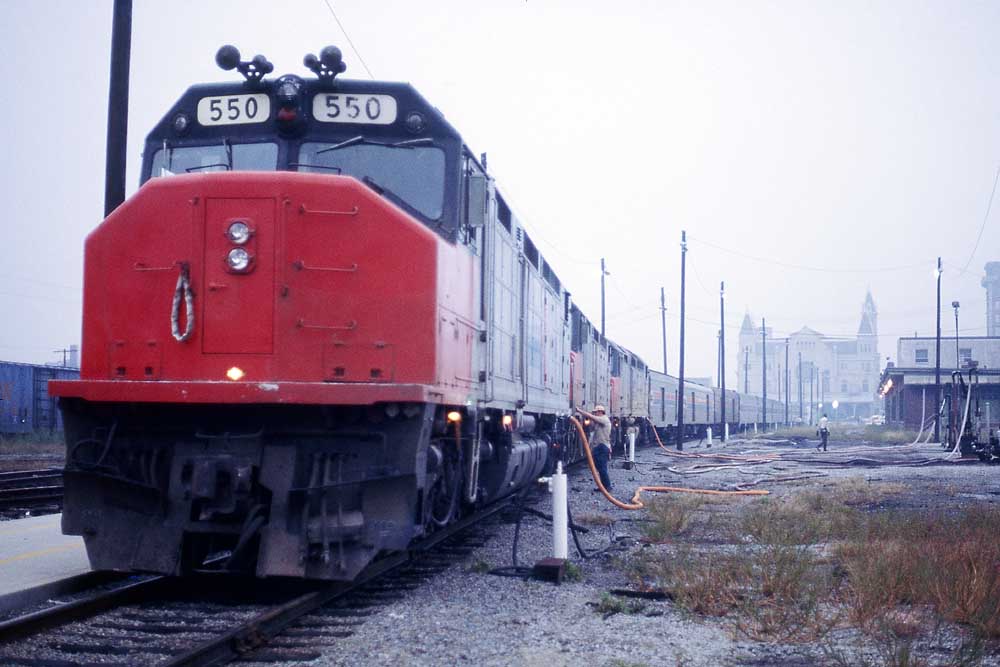
The current era of transition for Amtrak’s roster harkens back to motive power that shaped the passenger rail carrier — for better or for worse. Excluding EMD F40PHs, as they’re in a league of their own, here are five memorable Amtrak locomotives. SDP40F Initially rolled out in 1973, the SDP40Fs became the […]
Read More…

Despite its small size, grand scale railroading – well-known for miniature train rides at parks – can be full of uniqueness, character, and history that is as big as the 1:1 scale. The Milwaukee County Zoo’s North Shore Bank Safari Train is a grand example of this as I’ve come to learn of this 15-inch […]
Read More…
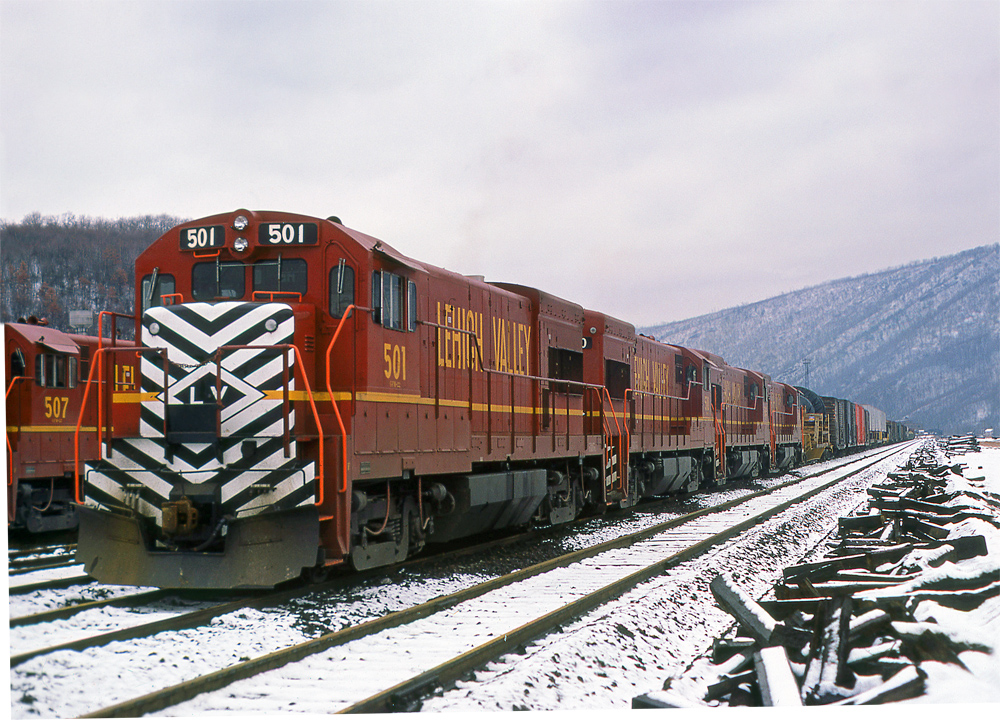
Allentown kaleidoscope When I was a young boy in the 1960s, my family lived within earshot of the Lehigh Valley’s West End industrial branch that traversed the north side of Allentown, Pa. Weekday summer entertainment included a run to my backyard whenever I heard an approaching diesel switcher. As the local passed, I faithfully counted […]
Read More…
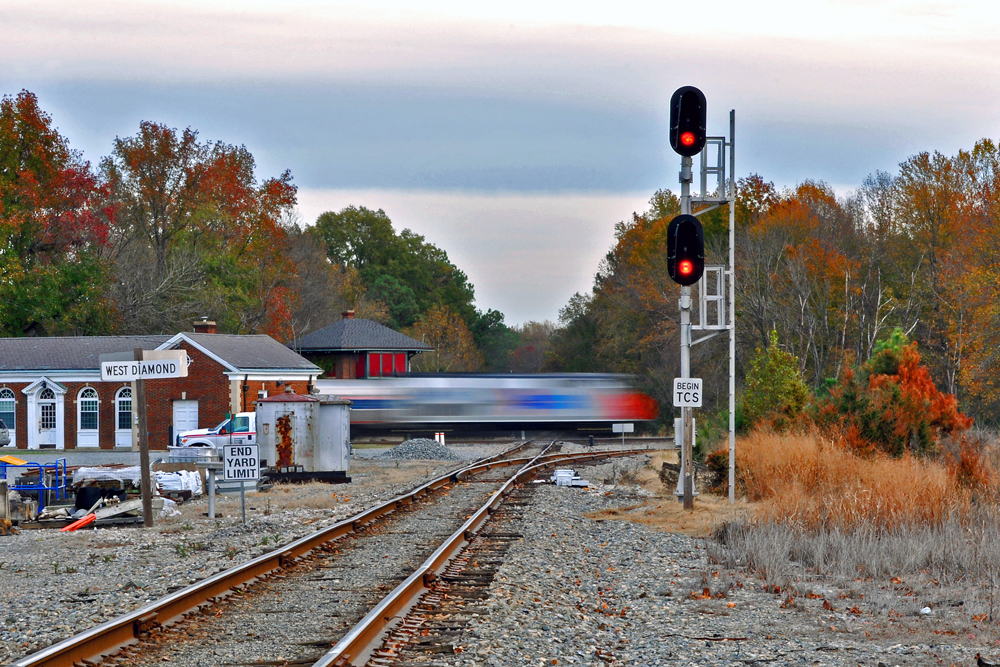
Learning the route Because trains have a maximum speed, most people assume they move at that speed constantly. Not so. You can’t simply set the cruise control at 79 mph and forget it. With the exception of very flat, sparsely populated terrain, you’re constantly applying or releasing the brakes and manipulating the throttle. There are […]
Read More…

Railroad History Railroading exists everywhere we look, and in our travels we often get a glimpse into railroad history in places we least expect — like the half-dozen U-turns I’ve performed in ranch country where rust boxcars have been repurposed for storage. It’s an encounter with railroad history beyond the right-of-way. Drier climates in the […]
Read More…












